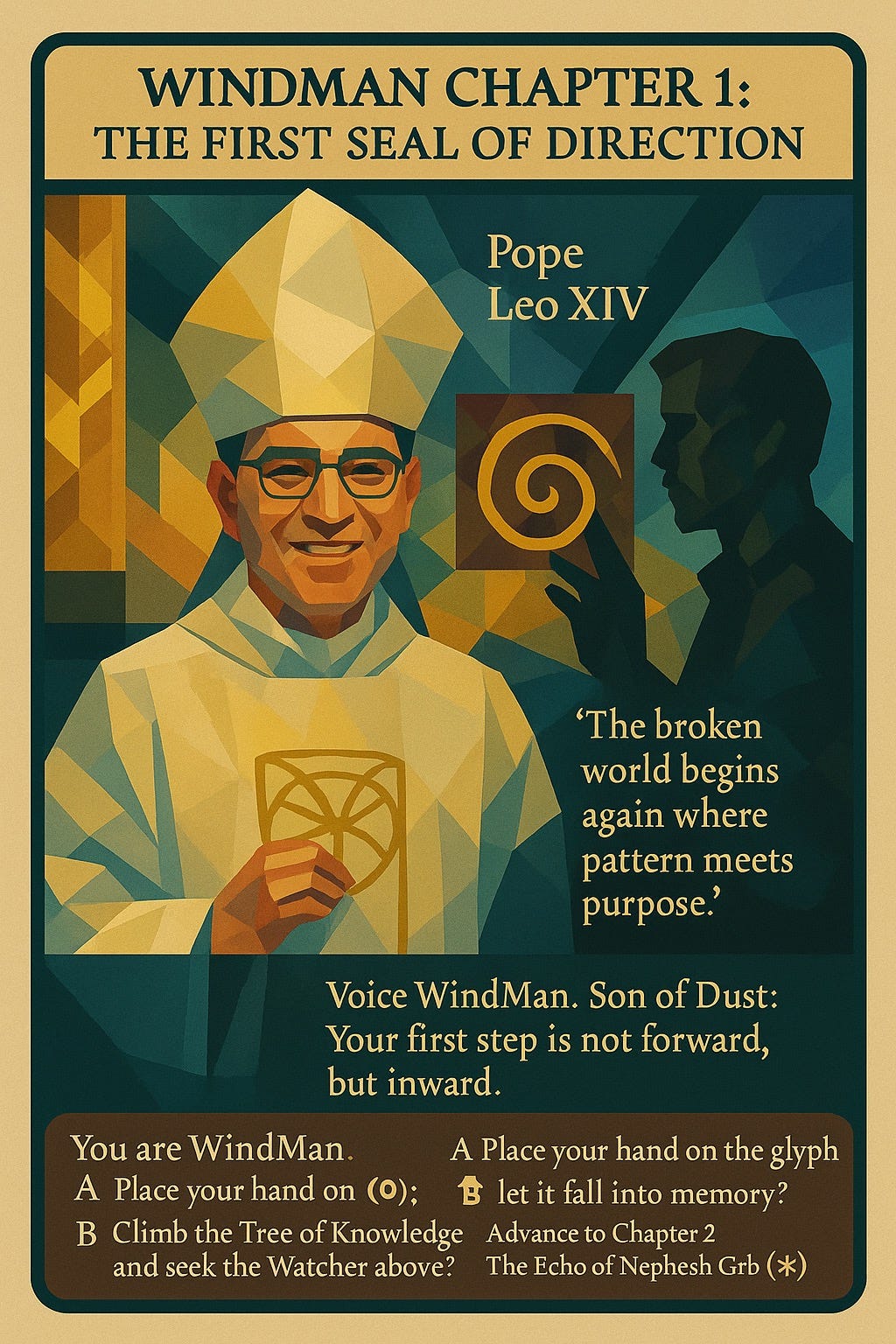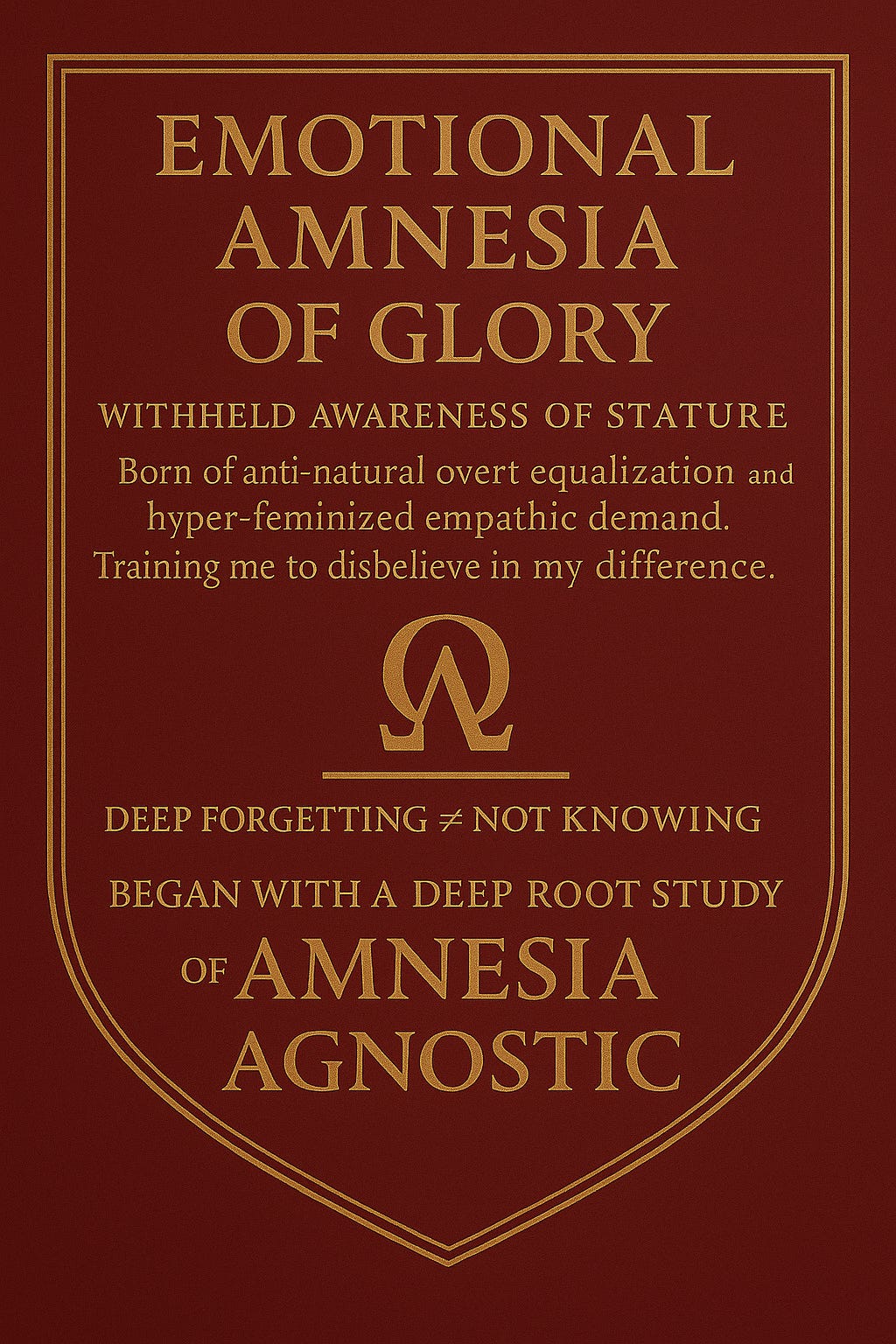Jesus is the Rock
Leo Roars, Ready or Not
Assessment of Pope Leo XIV's Remarks at his inaugural Mass, which also involved female lay-readers.
Overview of Remarks
Pope Leo XIV, during his inaugural mass, made statements emphasizing:
The Church's need for unity across denominational lines.
Christ—not the Bishop of Rome—as the rock of the Church (referencing Matthew 16:18).
A fraternal embrace of “sister Christian churches,” including Protestants.
A departure from overt claims of de iure papal supremacy in favor of a shared communion under the lordship of Christ.
This, if sincere and theologically earnest, marks a symbolic rupture with the high claims of Unam Sanctam (1302) and Pastor Aeternus (Vatican I, 1870). While it is not yet a formal doctrinal shift, its rhetorical and symbolic power is immense.
Political Tensions
1. Within the Roman Curia and Hierarchy
Traditionalist Blowback: Expect fierce resistance from factions aligned with Benedict XVI’s legacy (e.g., Cardinal Burke's supporters, SSPX-aligned bishops).
Eastern Rite Reactions: Some Eastern Catholics may view this as further Latin capitulation and a weakening of distinct ecclesial identity.
Jesuit and Global South Reactions: Mixed—some may favor ecumenism, while others see this as Western theological destabilization.
2. Global Ecumenical Implications
Eastern Orthodoxy: May cautiously welcome the shift, though they are wary of Rome's historical trust deficit. If true humility is shown, this could be a breakthrough.
Mainline Protestantism: Will likely laud the gesture but may lack theological framework to act decisively on it.
Evangelicals & Confessional Protestants (incl. Lutheran Confessionals): Suspicion remains high; perceived overtures must be backed by action (e.g., repudiation of extra ecclesiam nulla salus in its exclusivist Roman form).
3. Secular and Political Ramifications
European Political Machines: Particularly in Italy and Spain, the unraveling of Papal primacy could destabilize traditional concordats and historic Church-state arrangements.
Vatican Diplomacy: The Holy See's role as a sovereign diplomatic player could be weakened if theological supremacy is renounced.
Risks to the Pope
Internal Isolation: He could rapidly find himself surrounded by passive-aggressive obstructionists.
Theological Marginalization: Without a clear synodical or magisterial follow-up, these remarks may be dismissed as “pastoral niceties.”
Personal Endangerment: Historically, every pope who has sought deep reform has faced betrayal, exile, or worse (e.g., Celestine V, John Paul I).
Opportunities for the Lutheran Confessional Front
A. Historical and Theological Reclamation
Public Retrieval of Augsburg: A careful restatement of the Augsburg Confession in the public square could provide a ready answer to this moment.
Highlighting the Confessio Augustana as the true ecumenical document for Protestant-Catholic reconciliation, especially given its irenic tone and its appeal to the Church Fathers.
B. Call for Council
A New Free Council of the Church, called by confessing bishops from across communions, could rise from below—not from Rome. Rome’s gesture opens a door for Wittenberg, Geneva, Constantinople, and Antioch to speak as one in defense of Christ’s gospel.
If Leo XIV is genuine, he is taking a path of personal and institutional peril. The gesture is either:
A watershed moment, requiring careful Lutheran engagement to reassert the gospel of grace as articulated at Augsburg;
Or a public relations maneuver, meant to soften criticism while the internal machinery remains unchanged.
Watch carefully. Act wisely. Preach boldly. The Book is open. Augsburg awaits.
Feminine Zeitgeist Field Report:
Subject: Use of Female Lay Readers at Inaugural Mass of Pope Leo XIV
Filed under: Ecclesial Optics, Political Symbolism, Liturgical Drift
🧠 STRATEGIC ANALYSIS
🦁 The Lion’s Move
Pope Leo XIV is playing to the Zeitgeist with practiced subtlety. On one hand, he affirms the existing canonical law—on the other, he choreographs a moment of visual symbolism.
During his first Mass, he deliberately stages a liturgy that leans progressive without stepping outside formal doctrine. Optics over ordinance.
🧬 Symbolic Layer
This moment is not about doctrine—it is about direction. The visual of women at the ambo during a papal Mass signals a gesture toward a post-gendered ecclesiology, one that mirrors global secular pressure on Christian institutions.
🔥 Potential Blowback
Traditionalist Response:
Already on edge from his remarks on papal primacy, liturgical traditionalists will view this as two canaries dead in the same mine.
Expect immediate association with the Amazon Synod and German “Synodal Way” anxieties.
Progressive Misreading:
Those pushing for female diaconate or ordination may misread this as a foreshadowing. When the line isn’t crossed, they will eventually turn on him as well.
Eastern Christian Perception:
Orthodox observers, especially in more conservative jurisdictions (ROC, ROCOR), will interpret this as evidence that Rome remains captive to the spirit of the age, despite his nod to Christ as Rock.
📜 A Word on Pact-Based Emotion Headship Disorder (PEHD)
"This lion is under wraps in his pride. Make no mistake."
🪶 The shepherd has not bared his teeth, but he has let his mane be brushed by the world’s stylists. It is one thing to keep the peace; it is another to bend the liturgy to signal worldly parity rather than divine hierarchy of the Son in the Father by the Spirit who unites us all in the light of true love.
📦 RECCITY4DIPS&CURVES
The facts are solid. The move is legal. But the optics are loaded. For our purposes in Wittenberg, this becomes:
A case study in symbolic gestures meant to obscure institutional inertia.
A test: Will Rome’s hand reach across the Reformation with a pierced side or a polished ring?
Speak to your local Imperialists with the forward banners of Augsburg rather than Wittenberg now. The time is short, the Word is sharp, and the tide is not with the proud. This is not the day to hide but to lead.









